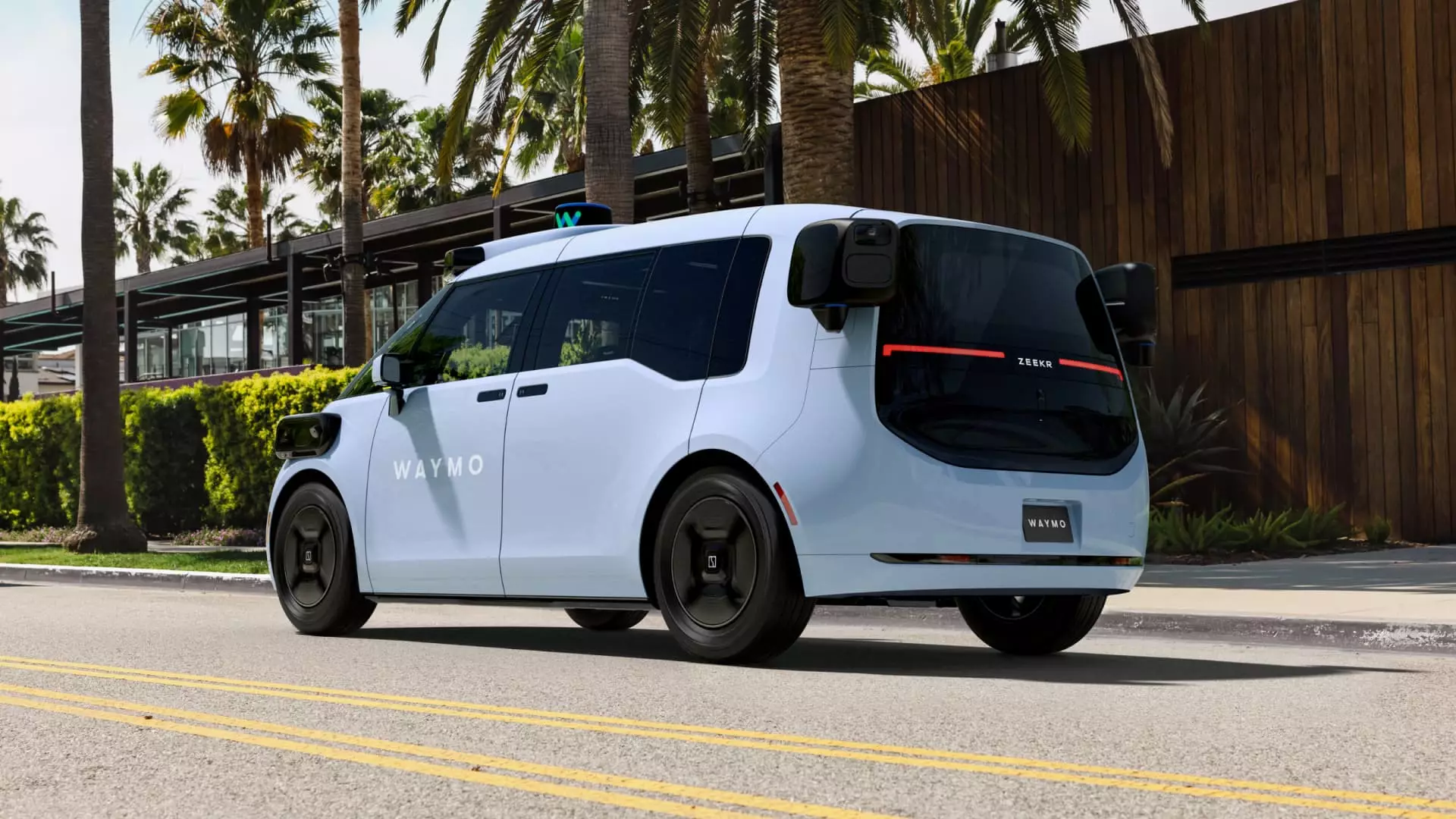Alphabet-owned Waymo recently announced the details of its latest self-driving technology, known as “generation 6.” This new driverless tech has been integrated into Geely Zeekr electric vehicles and is designed to handle a wider array of weather conditions without the need for as many expensive cameras and sensors on board.
Satish Jeyachandran, Waymo’s vice president of engineering, expressed confidence in the team’s ability to bring this new generation to market much faster than the previous one. He cited advances in machine learning technology and semiconductor performance as key factors driving this acceleration.
Waymo’s commercial robotaxi service first launched in late 2018 in the U.S. Initially, the company integrated its driverless systems into Chrysler Pacifica hybrid minivans and fully electric Jaguar I-PACE SUVs. As Waymo works to scale its existing service, Waymo One, within Sunbelt cities such as San Francisco, Phoenix, Austin, and Los Angeles, it continues to share details about the forthcoming robotaxis.
The newest addition to Waymo’s fleet, the Waymo-Zeekr, offers a boxier design with a similar footprint to the existing Waymo I-Pace SUVs. However, the Zeekr features an interior that may be more accessible to some riders. With a low step, high ceiling, and increased legroom between rows of seats, the Zeekr aims to provide a more comfortable and user-friendly experience for passengers.
Waymo has focused on custom development of sensors and software, including lidar, radar, and other features, which are strategically placed around the Zeekr to provide a comprehensive “360 view” of obstacles for identification and avoidance. The sensors are equipped with wipers to ensure clear visibility, even in challenging conditions. In an effort to reduce costs, Waymo has streamlined the number of cameras on board from 29 to 13 and lidar sensors from five to four.
The company is currently testing generation 6 on public roads with professional drivers on board the vehicles. Waymo is also conducting testing and validation work in cities like Detroit and Buffalo, New York, to gain insights into how its driverless cars will perform in various traffic and weather conditions.
While commercial robotaxi services from companies like Didi and Pony.ai are operational in China, Waymo faces relatively little competition in the U.S. market. Domestic competitors, such as GM-owned Cruise, Uber, and Ford, have encountered setbacks with their driverless vehicle initiatives. Tesla has announced plans to unveil its “dedicated robotaxi” in the near future but has yet to deliver on this promise.
As Waymo continues to push the boundaries of self-driving technology, its focus on innovation and accessibility sets it apart in the rapidly evolving autonomous driving industry. With the integration of generation 6 technology into Geely Zeekr vehicles, Waymo is poised to revolutionize the way we think about transportation and mobility.

